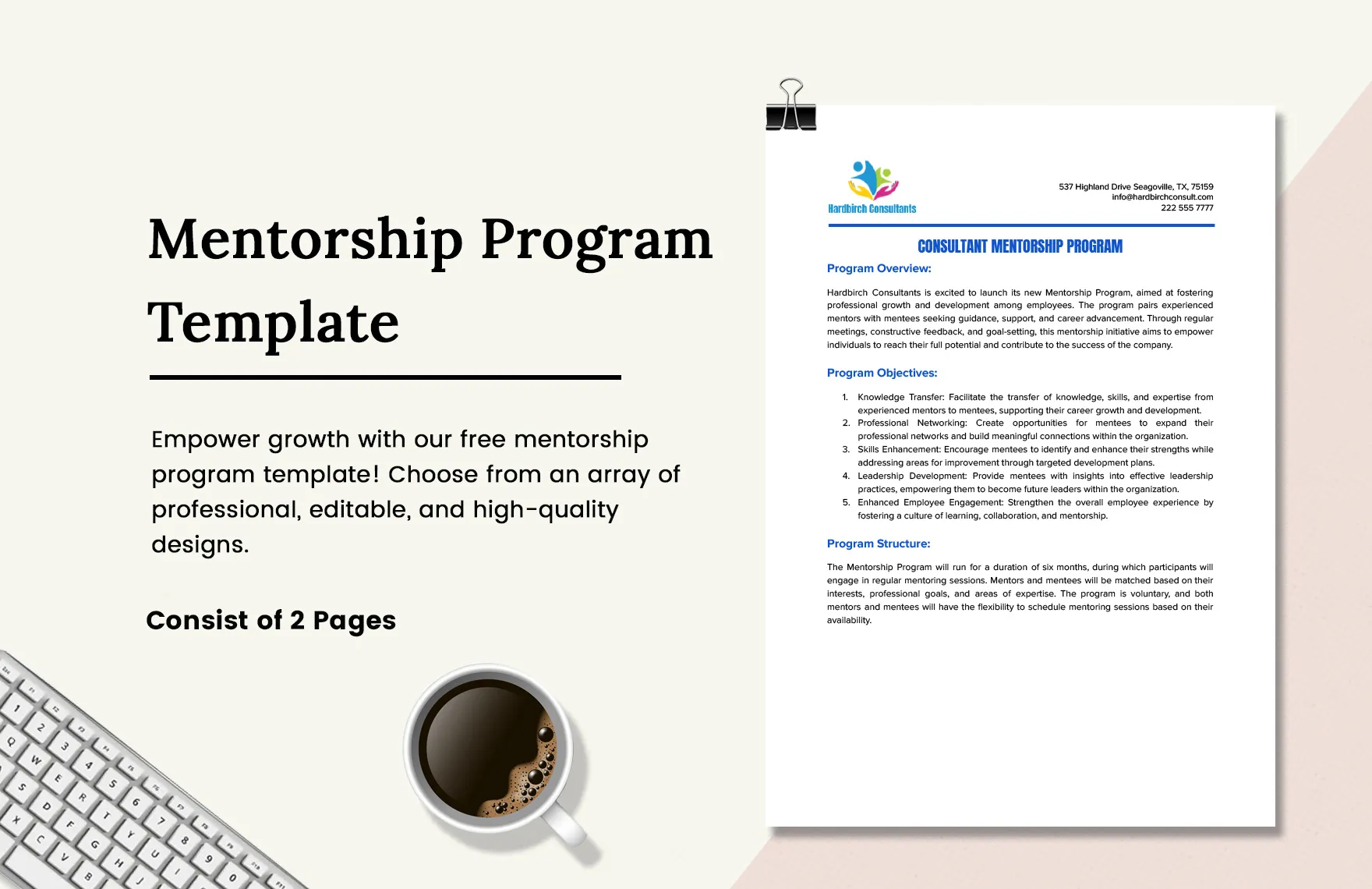Understanding the Mentorship Cover Letter
A mentorship cover letter is a crucial document that introduces you to a potential mentor or a mentorship program. Unlike a standard cover letter for a job, this letter focuses on your aspirations, the value you bring to the mentorship relationship, and why you’re seeking guidance. It’s your opportunity to showcase your understanding of the program or mentor, highlight your relevant skills and experience, and articulate your goals for the mentorship experience. This guide will help you navigate the process of crafting a compelling mentorship cover letter that increases your chances of securing a valuable mentorship opportunity. A well-written cover letter can be the decisive factor in whether you’re selected, so taking the time to craft a personalized and professional letter is essential.
Why is a Mentorship Cover Letter Important?
The significance of a mentorship cover letter extends beyond a simple introduction; it’s a strategic tool for initiating a meaningful connection. It allows you to express your genuine interest in the mentor or program, demonstrating that you’ve done your research and understand their focus. This is especially important because mentors are often busy professionals, and a well-crafted letter shows that you respect their time and are serious about the mentorship. The cover letter also provides a space for you to highlight relevant skills and experiences in a more personal way than a resume can. By articulating your specific goals and what you hope to gain from the mentorship, you’re setting the stage for a mutually beneficial relationship. It’s an opportunity to clearly communicate your expectations and show how you can contribute to the mentorship dynamic, making you a more attractive candidate.
Key Components of a Winning Mentorship Cover Letter
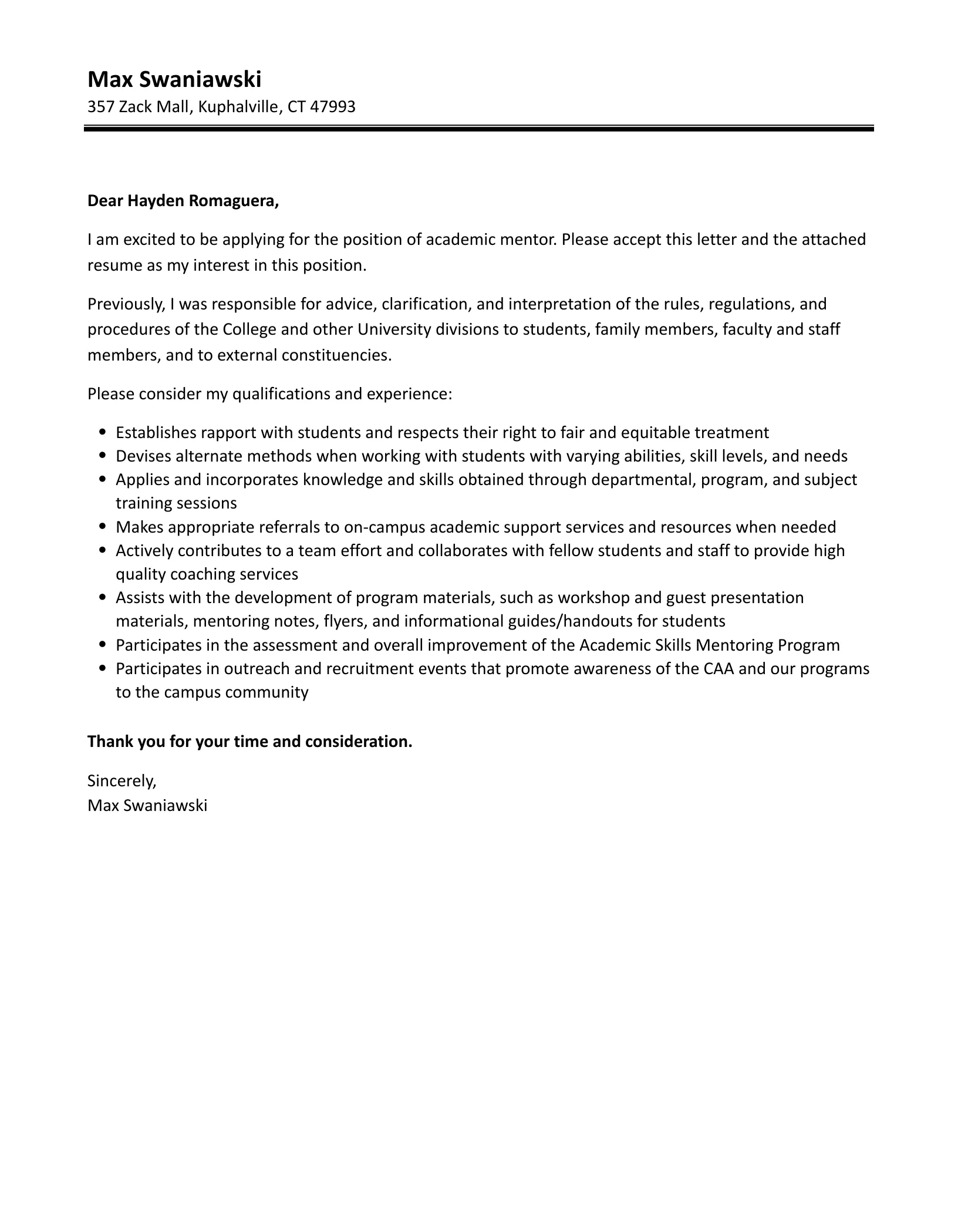
A successful mentorship cover letter is a well-structured, concise, and engaging document. It needs to capture the reader’s attention quickly and convey your suitability for the mentorship. Including the right elements and structuring them effectively is key. It’s like a blueprint for your application, ensuring you cover all the necessary points in a clear and organized manner. Each component contributes to the overall impact of your letter, making it a compelling pitch. The goal is to present yourself as a well-prepared, enthusiastic individual who is ready to learn and grow under the guidance of a mentor. You want to stand out from the crowd by demonstrating your commitment to professional development and your ability to articulate your goals.
Contact Information and Date
Begin your cover letter with your contact information (name, address, phone number, and email) at the top left, followed by the date. This ensures the recipient can easily reach you. The date is important for professional etiquette and helps in tracking the application’s timeline. Proper formatting shows attention to detail, which is crucial when demonstrating professionalism and organization.
The Salutation
Address the recipient directly, if possible. “Dear Mr./Ms. [Last Name]” is preferable to generic greetings like “To Whom It May Concern.” Researching the mentor’s or program director’s name adds a personal touch, showing you’ve taken the initiative to learn more about them. If you can’t find a specific name, use a professional alternative like “Dear Mentorship Program Committee” or “Dear Hiring Manager.” Personalizing the salutation demonstrates respect and a genuine interest in the mentorship.
Crafting the Opening Paragraph
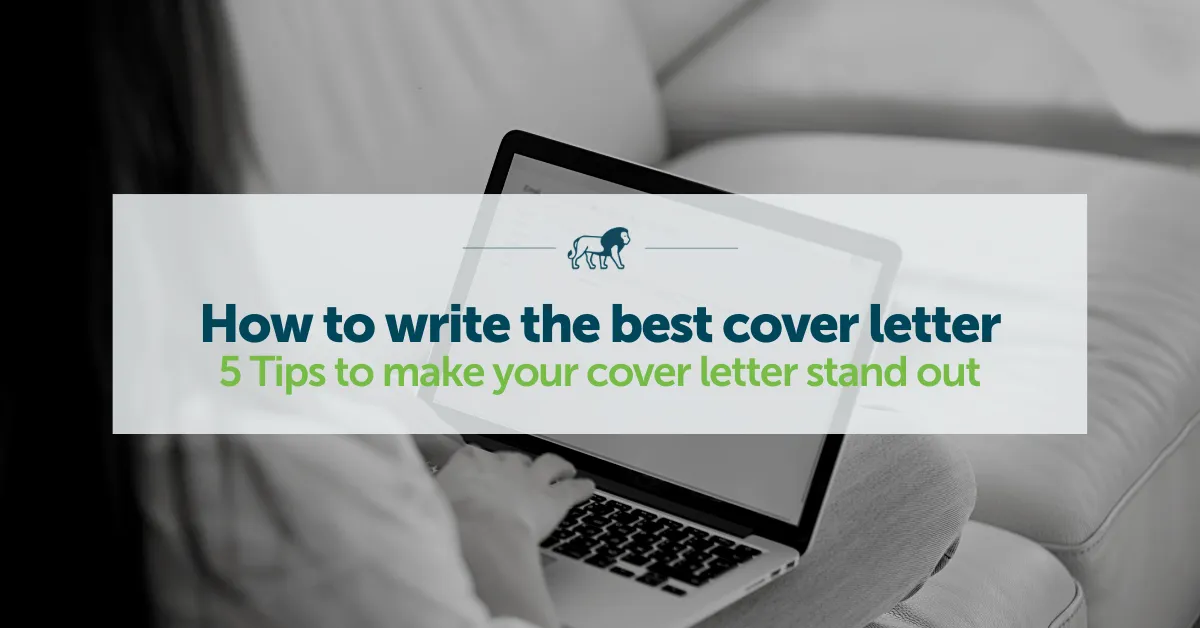
The opening paragraph is your first chance to make a strong impression. State the purpose of your letter clearly and concisely. Mention the specific mentorship program or mentor you are applying to. Briefly express your enthusiasm and the reason for your interest. This sets the tone for the rest of your letter and captures the reader’s attention immediately. Avoid generic statements; instead, inject personality and show genuine interest. Keep the opening brief and focused on the main goal of getting the reader to continue.
Highlighting Your Relevant Skills and Experience
This section is where you demonstrate your suitability for the mentorship. Focus on skills and experiences that align with the mentor’s expertise or the program’s objectives. Provide specific examples of your accomplishments and how they relate to your goals. Quantify your achievements whenever possible, for example, “Increased sales by 15% in six months.” This shows that you’ve got results. Explain why you want the mentorship and what you bring to the table. This is not just about what you hope to gain; it’s also about showing how you can contribute to the mentorship dynamic, making you a more attractive candidate.
Demonstrating Your Understanding of the Mentorship Program
Show that you’ve researched the mentor or program thoroughly. Mention specific aspects of their work or the program that resonate with you. Explain why their experience or the program’s focus aligns with your goals. Referencing specific projects, publications, or achievements demonstrates your engagement and sincere interest. This level of detail proves you’re serious about the opportunity and that you’re not sending out a generic application. It also gives the mentor a clear picture of how you envision working together and shows that you have taken the time to understand the requirements of the mentorship.
Expressing Your Enthusiasm and Goals
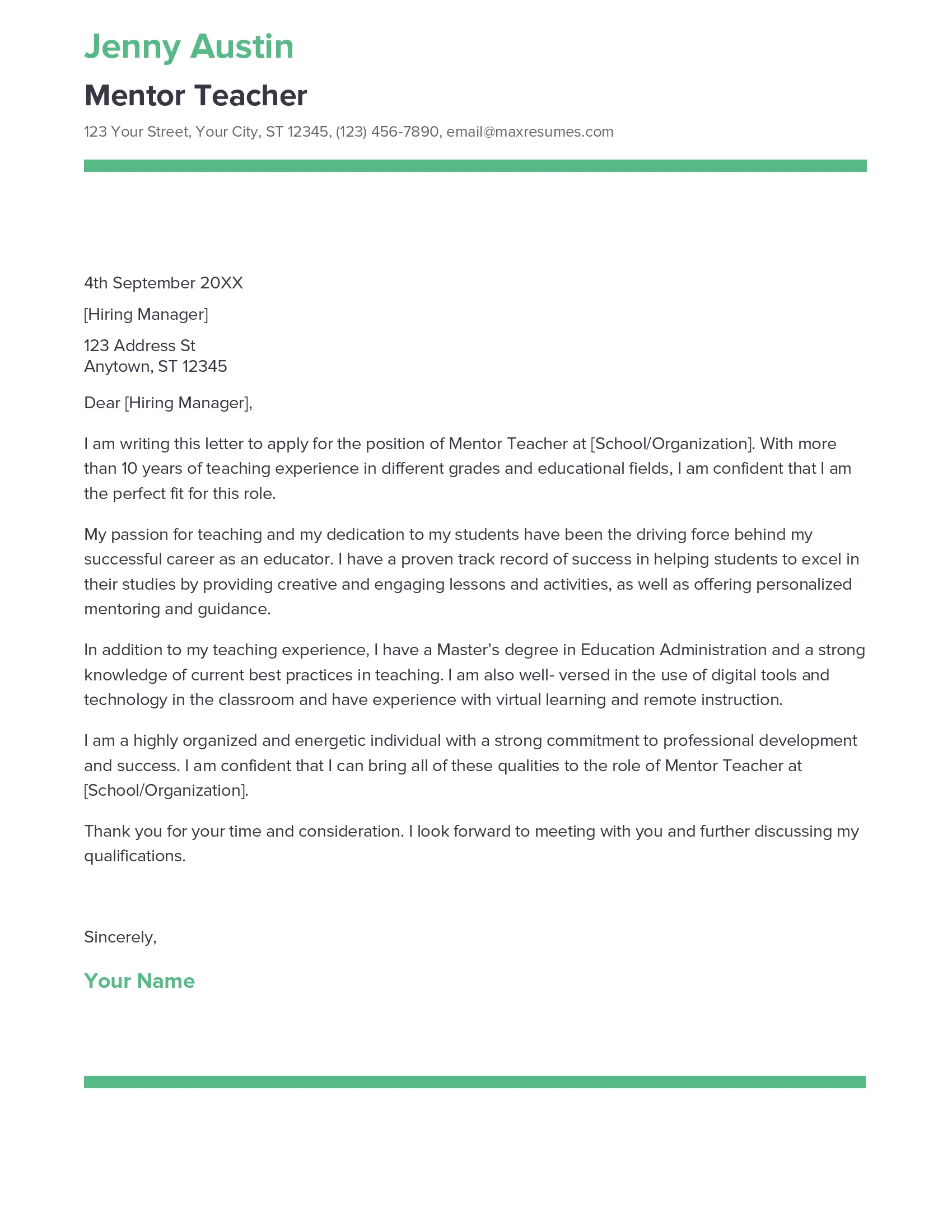
Express your enthusiasm for the mentorship opportunity. Clearly articulate your goals for the mentorship experience. What do you hope to achieve? What skills do you want to develop? How will this mentorship help you reach your career aspirations? Being specific about your goals shows that you have a clear vision for your professional development and are committed to the mentorship. This section is your chance to paint a vivid picture of your aspirations and how the mentorship will contribute to achieving them.
Mentioning Specific Qualities and Expectations
Describe the qualities you seek in a mentor and how you plan to engage with them. Do you want guidance on specific skills, career advice, or networking opportunities? Mention your expectations from the mentorship experience. Show that you are prepared to take initiative, be proactive, and actively participate in the mentoring process. Also, include what type of engagement you are seeking – regular meetings, shadowing opportunities, or something else. Demonstrating a clear understanding of your needs and how the mentor can support your growth significantly enhances your application.
Writing a Strong Closing Paragraph
Summarize your interest in the mentorship and reiterate your enthusiasm. Thank the mentor or program for their time and consideration. Restate your contact information, making it easy for them to reach you. Keep it brief and to the point, reinforcing your key selling points without being repetitive. The closing paragraph leaves a final, positive impression, encouraging the recipient to take the next step and contact you. This is your final opportunity to leave a lasting impression and showcase your sincerity.
Requesting an Interview or Further Contact
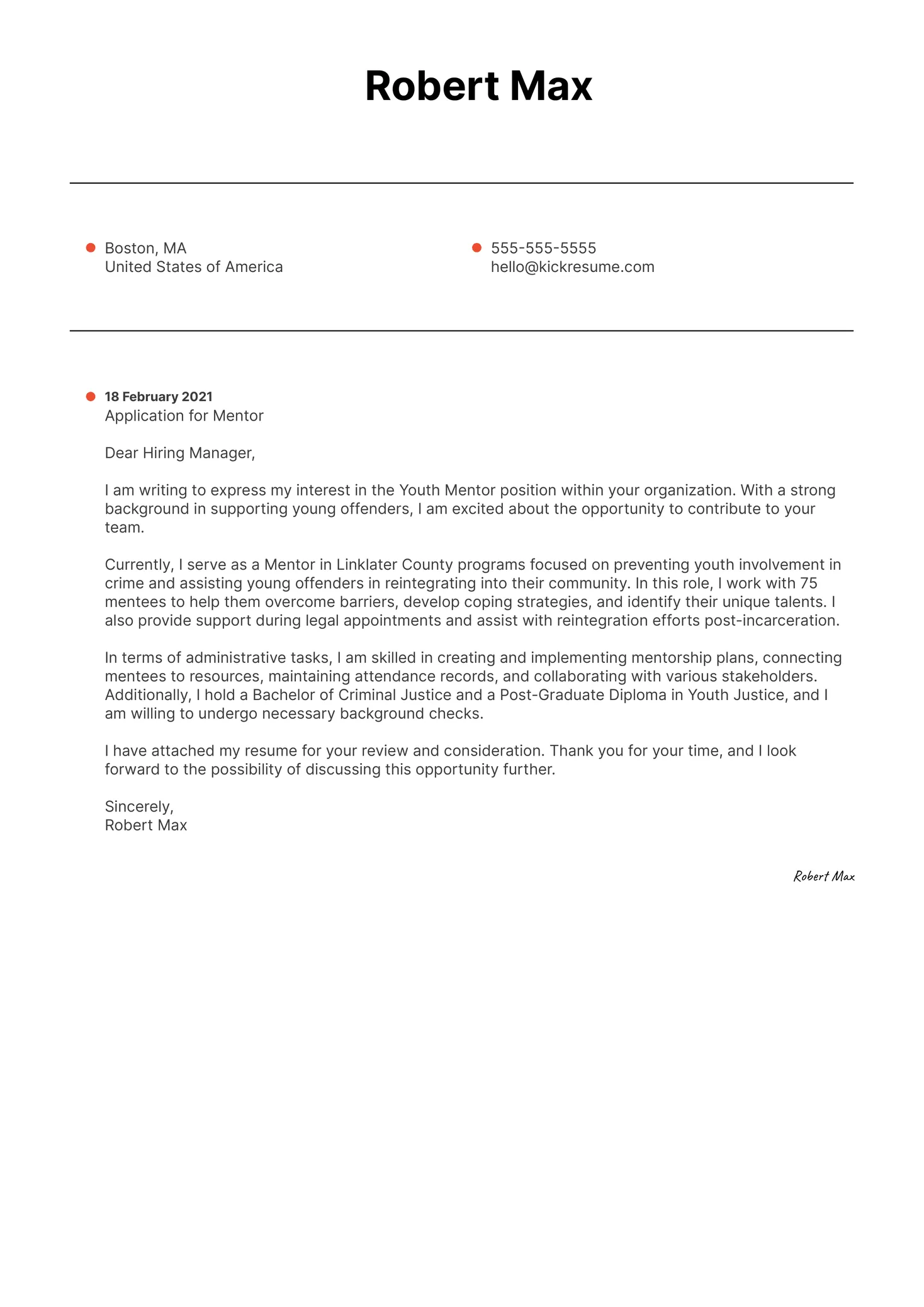
Politely request an opportunity for an interview or further discussion. State that you are eager to learn more about the mentorship and how you can contribute. Express your availability for contact and reiterate your interest in the mentorship. Be direct and confident, letting them know you are ready for the next step. A clear call to action shows that you are proactive and ready to move forward.
The Complimentary Close
Use a professional and appropriate closing, such as “Sincerely,” “Best regards,” or “Thank you for your consideration.” Ensure it matches the overall tone of your letter. Maintain a respectful and professional tone. A well-chosen complimentary close adds a final touch of professionalism and politeness, reinforcing your positive impression.
Proofreading and Formatting Tips
Attention to detail is paramount. Your cover letter is a reflection of your professionalism. Proofread your letter multiple times for grammar, spelling, and punctuation errors. Use a spell checker, but also read through the letter manually, as spell checkers may miss contextual errors. Ensure your letter is well-formatted and easy to read. Use a professional font (e.g., Times New Roman, Arial, Calibri) and a standard font size (11 or 12 points). Keep paragraphs concise and break up text with headings and subheadings. This makes it easy for the recipient to scan and grasp the key information quickly. Formatting shows you are careful and committed.
Reviewing for Clarity and Conciseness
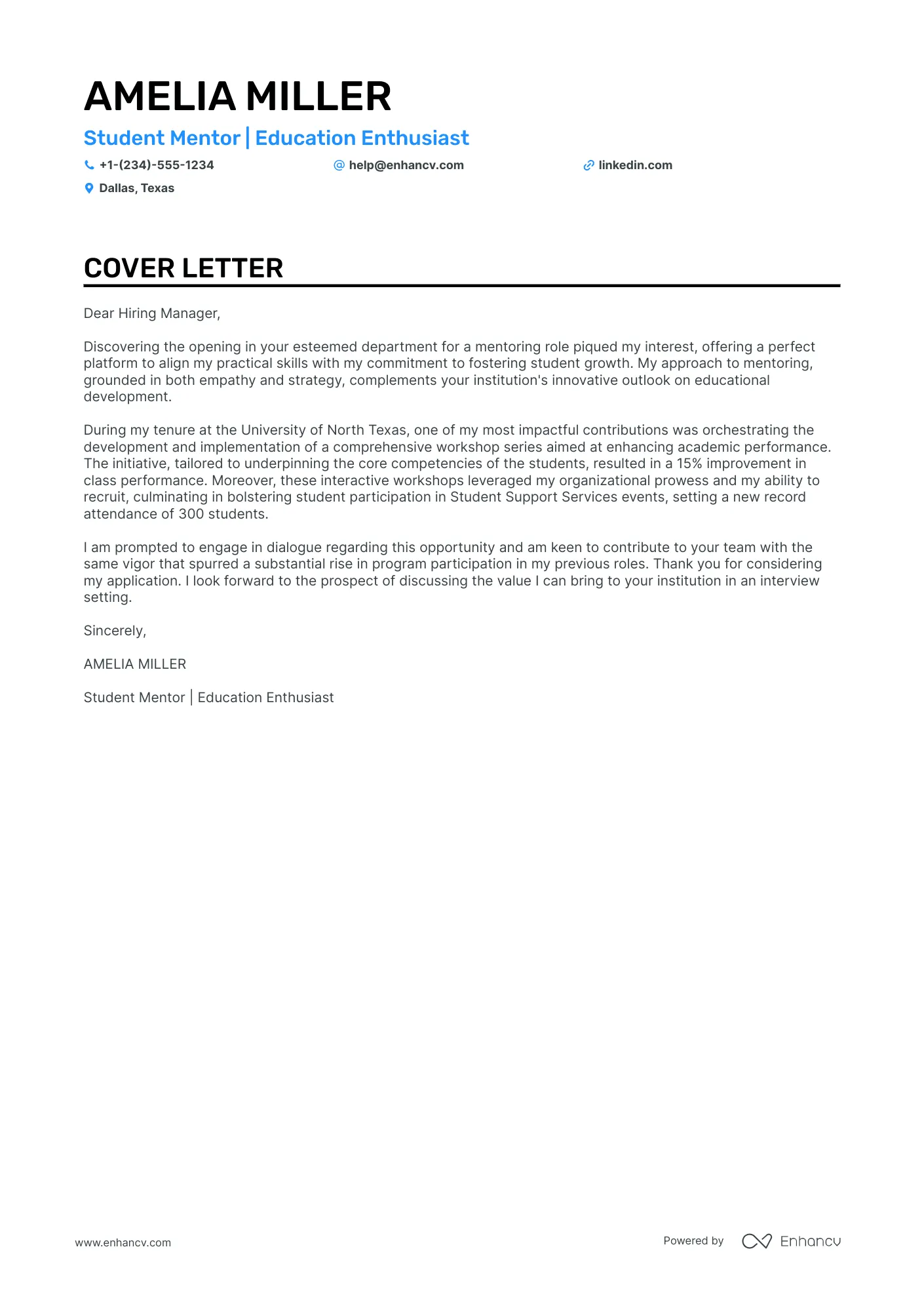
Ensure your letter is clear and easy to understand. Use concise language and avoid jargon. Remove any unnecessary words or phrases. Make sure the purpose of the letter and your key points are immediately apparent. Aim for a tone that is professional yet engaging, showing both respect and personality. Consider the mentor’s perspective and tailor the language to resonate with them. A clear, concise cover letter leaves a positive impression, demonstrating respect for the recipient’s time and attention.
Formatting Your Cover Letter Effectively
A well-formatted cover letter is visually appealing and easy to read. Use a professional font, such as Times New Roman, Arial, or Calibri. Maintain a consistent font size (11 or 12 points) throughout the document. Use proper spacing between paragraphs and sections. Include headings and subheadings to organize the content and make it scannable. Align text to the left, and avoid justified text. This ensures the reader can easily navigate the information and quickly understand the key points of your letter. Ensure that your formatting is consistent, reflecting your attention to detail and professionalism.
Examples of Effective Mentorship Cover Letters
Studying examples can provide valuable insights into crafting a compelling mentorship cover letter. Reviewing different formats and approaches can offer inspiration and guidance. Adapt successful templates to fit your unique circumstances. Learning from these examples can help you tailor your letter to effectively showcase your experience, skills, and enthusiasm. Always personalize the examples to reflect your individual experiences and aspirations. Below are two examples to guide you.
Example 1 The Enthusiastic Applicant
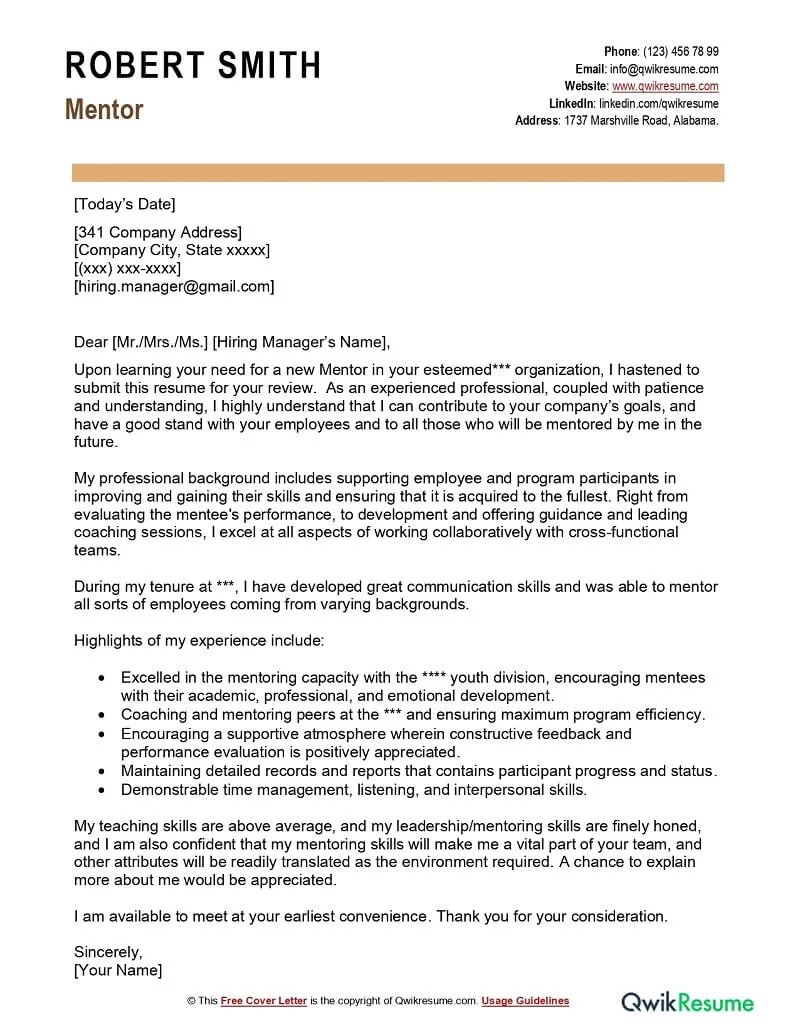
Here’s an example showcasing a candidate with limited experience but with a clear goal: [Insert Example of Enthusiastic Applicant Here]. This candidate is enthusiastic and clear about the value they bring to the mentorship relationship.
Example 2 The Experienced Professional
Here is an example focused on an applicant with significant relevant experience: [Insert Example of Experienced Professional Here]. This example shows how the candidate’s experience aligns with the mentor’s expertise and what the candidate hopes to achieve.
Common Mistakes to Avoid
Avoiding common pitfalls can significantly enhance your cover letter. Being aware of what not to do ensures that your application stands out for the right reasons. Avoid making simple errors that can undermine your application. Be aware of the most frequent issues. Identifying these mistakes and ensuring they are avoided is a crucial step in creating a successful cover letter.
Generic Language and Lack of Personalization
Using a generic cover letter is a major mistake. Tailor each letter to the specific mentor or program. Research their work, accomplishments, and the program’s goals. Show you’ve done your homework by mentioning specific details that resonate with you. This proves that you care enough to make the effort, demonstrating respect and a genuine interest. A personalized letter demonstrates you are not just sending out a mass application, but are truly interested in this particular opportunity.
Ignoring the Program’s Requirements
Always read the instructions and guidelines carefully. Failure to meet the program’s requirements suggests a lack of attention to detail. Follow all formatting and content guidelines. Customize your cover letter to align with the specific needs. Including everything asked for demonstrates respect for the program and increases your chances of being accepted. This ensures the committee can easily evaluate your application.
Typos and Grammatical Errors
Careless errors make a negative impression. Always proofread your cover letter carefully. Use a spell checker and grammar checker, but don’t rely on them completely. Read your letter aloud to catch errors. Ensure your writing is clear, concise, and professional. A polished letter shows respect for the recipient and highlights your attention to detail. Ensure all formatting is perfect.
Finalizing and Submitting Your Cover Letter
Before submitting your mentorship cover letter, review it one last time. Proofread it carefully for any typos, grammatical errors, or formatting issues. Ensure the letter is tailored to the specific mentor or program and that it highlights your relevant skills and experience. Make sure you follow any specific submission guidelines or instructions. Once you’re satisfied, save the document and prepare to submit it.
Preparing Your Cover Letter for Submission
Save your cover letter in a professional format, such as PDF, to maintain its formatting. If the program requires a specific file format, ensure that you comply. Double-check all contact information to ensure it is current and correct. Before sending, send the letter to yourself or a friend to review the formatting and make sure everything is correct. Submitting a polished, error-free letter reflects your professionalism and increases your chances of making a positive first impression. Ensure you attach both your resume and the cover letter.
